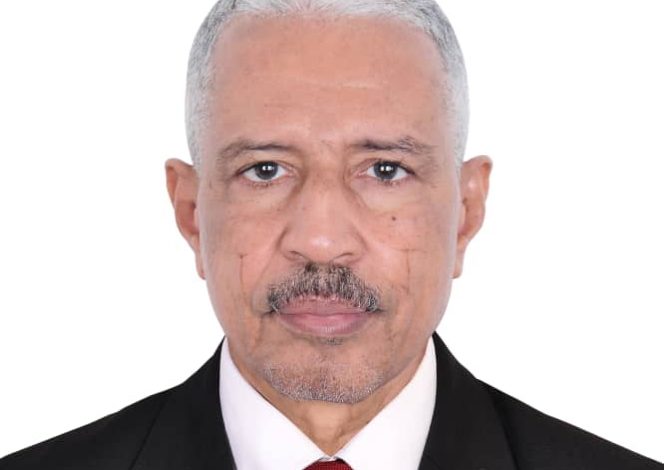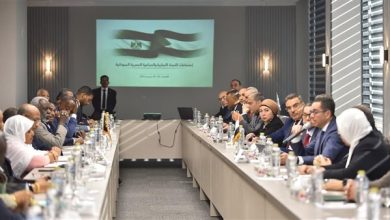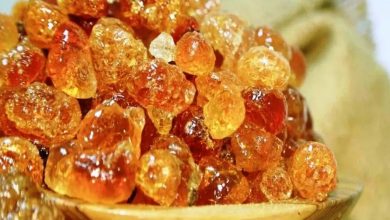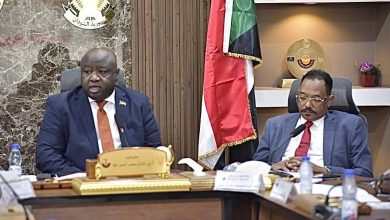Economic
The President of the Gum Arabic Exporters Division in an Interview with (Al-Ahdath): Sudan Still Dominates the Global Gum Arabic Market

Interview by: Rehab Abdullah
Ahmed Al-Tayeb Al-Anan, President of the Gum Arabic Exporters Division at the Federation of Chambers of Commerce, revealed a significant rise in gum arabic prices. The price of a quintal has reached around 400,000 Sudanese pounds in production areas, compared to 80 pounds previously. Meanwhile, international prices for Hashab gum increased from $2,200 per quintal to between $3,900 and $4,000. Talha gum prices also rose from $1,200 to between $1,650 and $1,700 per quintal.
Al-Anan attributed the decline in the country’s gum arabic exports, which dropped from 150,000 tons before the war to 60,000 tons recently, to issues affecting the gum production belt, primarily due to the ongoing war. More details in the following responses.
How are gum arabic prices progressing inside and outside Sudan?
Local gum arabic prices have gradually increased. The price of a quintal of Hashab gum was initially between 70,000 to 80,000 pounds, stabilizing for some time before surging to 400,000 pounds in production areas. Internationally, the price was $2,200, and it currently ranges between $3,900 and $4,000. The price of a quintal of Talha gum rose from $1,200 to $1,650–$1,700.
Does Sudan still dominate external gum arabic markets?
Sudan remains present in all gum arabic markets and hasn’t lost any. We have customers in every country, especially for Hashab gum, where no other party competes with us unless it is smuggled to the same companies that deal with us. However, this quantity is insufficient, so Sudan continues to maintain its market share.
To what extent does smuggling affect Sudan’s gum arabic exports?
Smuggling has a significant impact. Goods are now being exported through South Sudan, Chad, and Egypt, turning them into gum exporters. However, regardless of the quantities smuggled, they cannot match the volume that exits through official, known channels. Smuggling certainly reduces export quantities.
Which production areas have been affected by the war?
All gum arabic production areas are located in conflict zones, starting from southern Gedaref, Blue Nile, Sennar, and Damazin, to northern Kadugli, west of Al-Obeid, and Geneina, Nyala, and Zalingei. Despite this, producers in these areas continue to harvest gum and export their goods through the methods they know.
There have been complaints from the Central Bank of Sudan about challenges in receiving export proceeds. Are the proceeds from gum arabic exports being returned regularly?
Those who export through official channels must have the proceeds returned through the bank, as long as they withdraw the EX form for exports. Even if there are delays due to the war, they are being addressed officially.
Can you give us a comparison of the export volume? What was it, and what is it now?
In normal conditions, between 120,000 to 150,000 tons of Talha and Hashab gum are exported annually. According to available statistics, 70% of exports are Talha gum, and around 30% are Hashab gum. Based on last year’s data, only 40% of that quantity was exported, around 48,000 tons of both types. This year, we estimate it will be 60%, as there were carryover quantities from last year’s production, making it 72,000 to 80,000 tons. This represents about two-thirds of last year’s export volume or just over half.
What are the obstacles to producing and exporting gum arabic?
One of the main obstacles is the multiplicity of fees. There are 23 fees imposed on gum arabic, with fees on a quintal amounting to 82,000 pounds, and fees on a ton reaching 825,000 pounds, equivalent to $700.
What is required to support the sector and increase exports to support the public treasury?
Streamlining the fee collection process, stopping smuggling, and setting clear policies for export partners alongside regulations for gum arabic exporters are needed. Additionally, coordination with government authorities to review export company records and impose a fee on exports to fund the division’s work is crucial. We also call on the government to support producers by providing services and seedlings for forests and forming organizations to fill the gap in operations.



